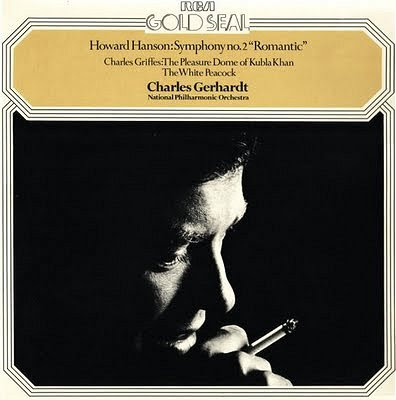When the Beatles' guru produced an album
Like many in the late 1960s the jazz flautist and saxophonist Paul Horn was a devotee of the Transcendental Meditation (TM) guru Maharishi Maheshi Yogi. In early 1967 Paul Horn travelled to Rishikesh to attend the Maharishi's academy of meditation. Due to the heat in the Ganges plain the last weeks of the academy were based in Srinagar in Kashmir. Participants were entertained there by Kashmiri musicians who also practised transcendental meditation. The Maharishi became a fan of Paul Horn's playing and brought him together with the Kashmiri musicians and, to quote Horn: "He proceeded to plan an album with the insight of an experienced record producer. He arranged for album cover photos to be taken early the next morning" - see above.
Maharishi Maheshi Yogi was, like many religious leaders, a controversial figure. He was allegedly a kundalini opportunist, and the Beatles broke with him because of his reported advances to Mia Farrow during a TM retreat, a break that influenced John Lennon's song Sexy Sadie. The prominent Maharishi branding on the original album artwork for Paul Horn in Kashmir - see below - will doubtless attract the attention of anti-cult crusaders. But the cosmic consciousness message should not distract from an album that is quite outstanding in its own right.
Paul Horn is fulsome with his praise, and the image of the Maharishi as producer provides a nice click bait headline. However it would be fairer to credit the cosmic consciousness guru as executive producer - or should that be esoteric producer? Paul Horn in Kashmir was recorded in New Delhi with Horn himself as producer; Pacific Jazz founder Richard Brock supervised and there are no musical genuflections to the Maharishi who was not present at the sessions. Paul Horn's work with Indian musicians predated his guru's intervention and the Kashmir album was actually the second disc that he had cut with Indian musicians during his five month on the subcontinent. The first, Paul Horn in India, was recorded with pupils of Ravi Shankar; the flautist knew Pandit Shankar as he had played with him on the sitar master's Western tinged 1965 Portrait of Genius album.
The two albums that Paul Horn recorded in India are outstanding because they are not a forced fusion of Eastern and Western styles. Instead they capture a master Western-trained flautist/saxophonist sitting in with musicians from the Indian tradition. Egos were checked at the door, and on several tracks Paul Horn shows his respect for his fellow musicians by sitting out. Both Paul Horn in India and Paul Horn in Kashmir have been released as a single CD by UK independent label BGO Records. The sound from the 2013 digital remastering is excellent and totally belies the age and location of the recordings. The CD release reproduces the LP artworks and combines Paul Horn's original liner notes with an excellent essay commissioned for the re-release.
If you are interested in contemporary expressions of the Indian music tradition but have no time for flaccid fusion projects then this CD is a 'must have'. Also worth exploring is the more New Age Paul Horn Inside the Taj Mahal. This 1968 million seller was recorded inside the iconic mausoleum in Agra and captures its unique acoustic in an early foray into soundscape recording. Another album worth seeking out is the more chewy 1975 Paul Horn + NEXUS. This was a collaboration with the Toronto-based NEXUS percussion ensemble whose other credits include Steve Reich and Toru Takemitsu commissions and recreating John Cage's score for a 1942 radio play.
No review samples used. Resources consulted include Inside Paul Horn: the spiritual odyssey of a universal traveler by Paul Horn and Lee Underwood. Any copyrighted material is included as "fair use" for critical analysis only, and will be removed at the request of copyright owner(s). Also on Facebook and Twitter.











Comments